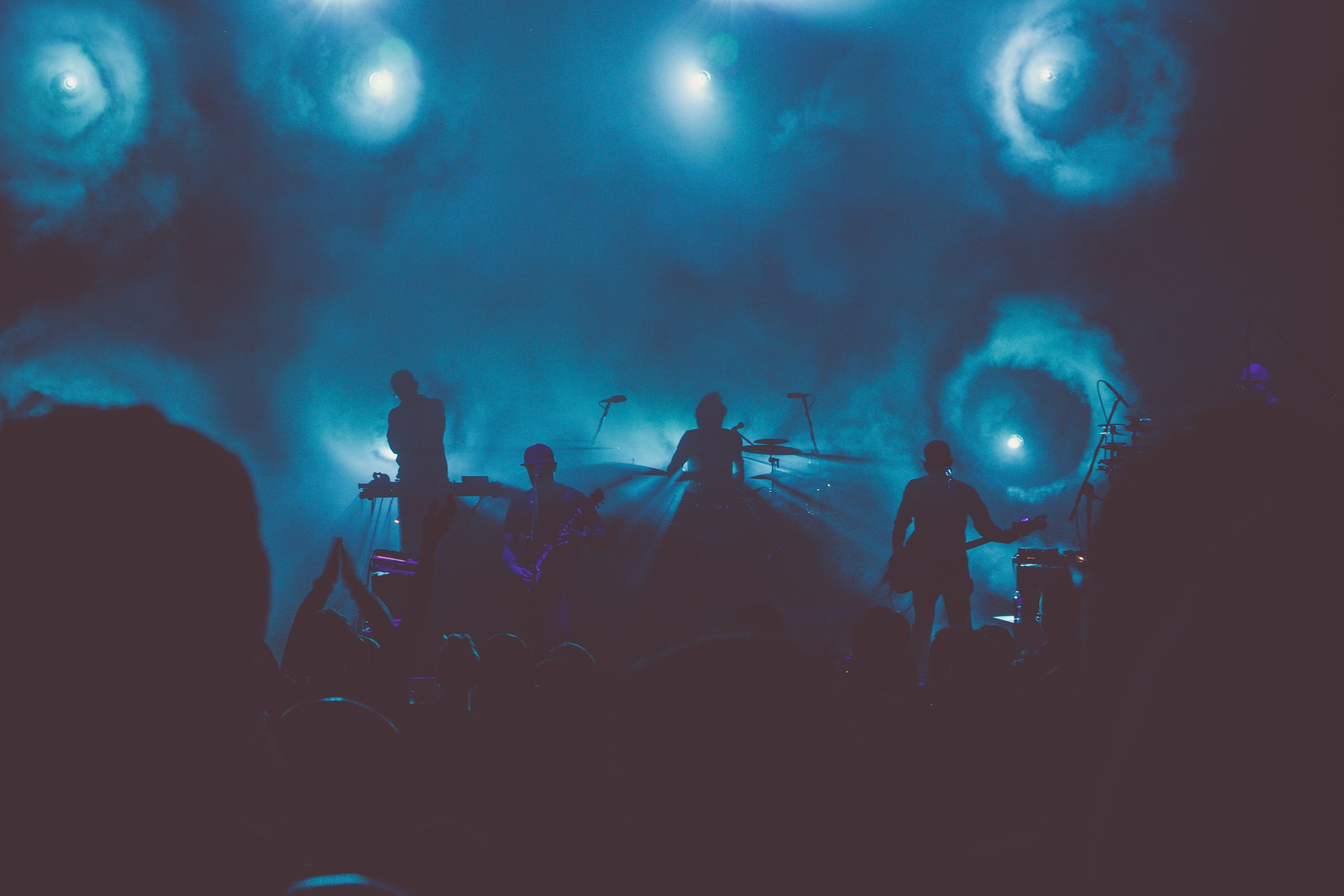
Amanda is a music festival fanatic with an entrepreneurial spirit. She’s a digital marketing professional specializing in events.
There is no denying that the live events industry was hit the hardest by the COVID-19 pandemic. Since March, event organizers have been unable to host events at normal capacity. Some have begun to host small events with health and safety requirements in place while others have stuck to virtual events. We surveyed a group of event coordinators to get the pulse on the state of the live events industry.
Live streaming has found its way into the music industry and it is here to stay. Whether hosting a completely virtual event or a hybrid event, live streaming offers a way to engage with a larger audience and provides opportunities for additional revenue. Many musicians, producers, and DJ’s have begun to host live streams in much larger numbers. Twitch saw a 385% year over year growth in their Music & Performing Arts content category. The number of hours watched grew from 3.6M in April 2019 to 17M in April 2020. For the music industry as a whole, that is an indicator that live streaming is in high demand. In addition to performers, music venues have also implemented live streaming. Whether hosting a show with no audience or throwing a hybrid event, live streaming can be a powerful marketing tool and an additional revenue stream for venue owners.
Enhance the visual experience of your live stream There's no denying that live streaming is exploding in popularity. StreamElements and Arsenal.gg reported that the live streaming sector grew a full 45% from March to April, 2020. Not only are more people watching, but more people are hosting as well.
If you want to host a more professional-looking, high-quality stream then learning how to use OBS is a must. OBS stands for Open Broadcast Software. It’s a free tool for live streaming and video recording. It can be used with PromoTix to create more engaging ticketed virtual events.
Leveraging live stream software with virtual events to offer pay-per-view video Every day YouTube hosts over 122 million active users on their platform. There is no denying that YouTube is the most popular video hosting platform out there for video creators. Some of the world’s biggest influencers use the platform to connect and engage with millions of fans.
Learn about the industry's shift to virtual live streaming It started with the delay of one of the biggest festivals in the world. Then, while the world was just barely getting over the shock of Coachella being moved to October, Live Nation and AEG suspended all concerts for at least the month of March. As the months go on, there is still no exact date when concerts and live music events could return.
Key factors to consider when deciding what price to charge for virtual events So you have an event you’d also like to live stream or you are thinking about hosting a fully virtual online event. Congrats! You are helping to propel your event into the future and increasing your reach by live-streaming. According to a study done by Livestream and New York Magazine “67% of audiences who watched a Livestream purchased a ticket to a similar event the next time it occurred.”
What to look for when hosting live stream events online Taking an event online, whether it’s to stream an in-person event to those who can’t attend, or to host a fully virtual event, is no easy task. However, for most organizers looking to grow the reach of their event, it is a critical step. Conviva found in an annual consensus that viewing hours of internet-delivered video across mobile, connected TVs and desktop screens grew by 114% in the first quarter of 2018. With the explosive growth of online video, live events can’t afford to miss out on the increase in ROI live-streaming can bring.
Is your live stream software secure? Meeting intrusions during live video streaming has become such an issue that Wikipedia added the term “Zoombombing” to their website and the FBI released a warning. They reported that the highjacking of video-teleconference sessions was emerging nation-wide. Reports of unidentified individuals accessing virtual classrooms and shouting profanities and other inappropriate actions.